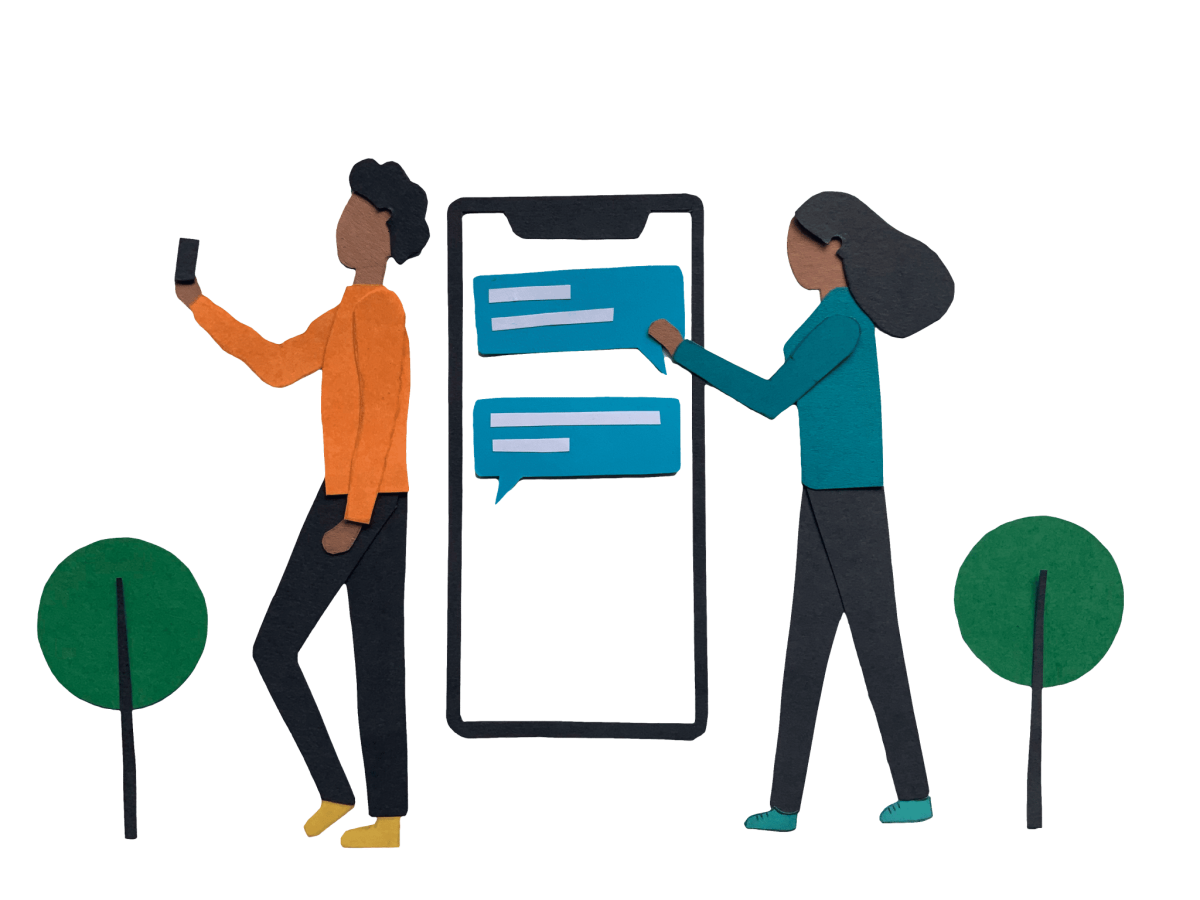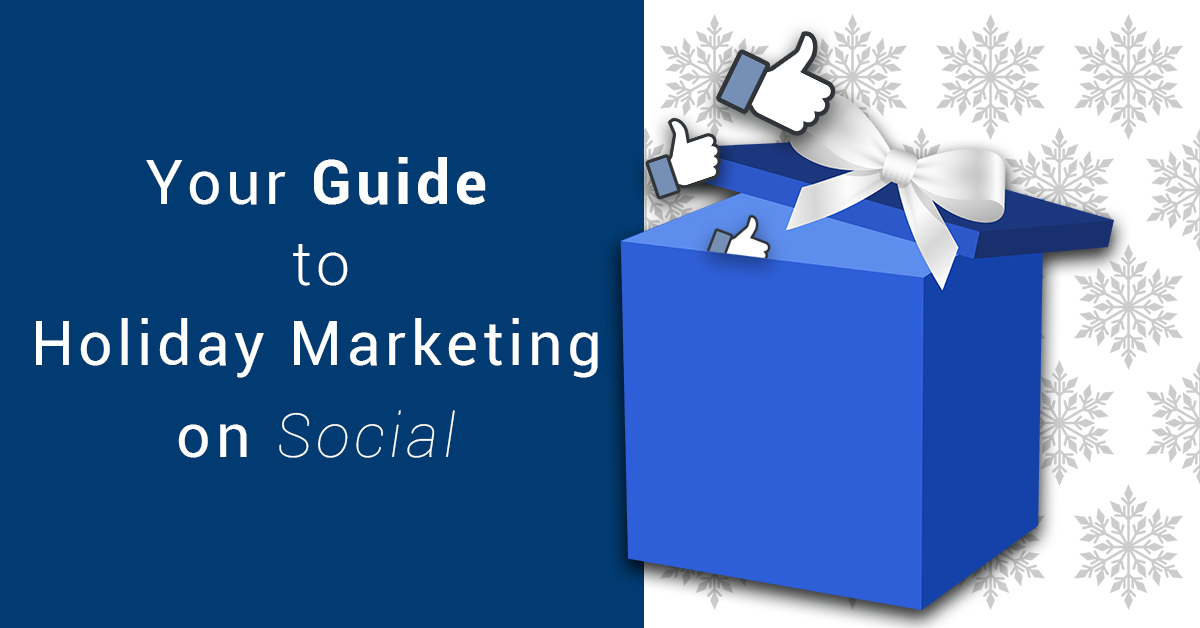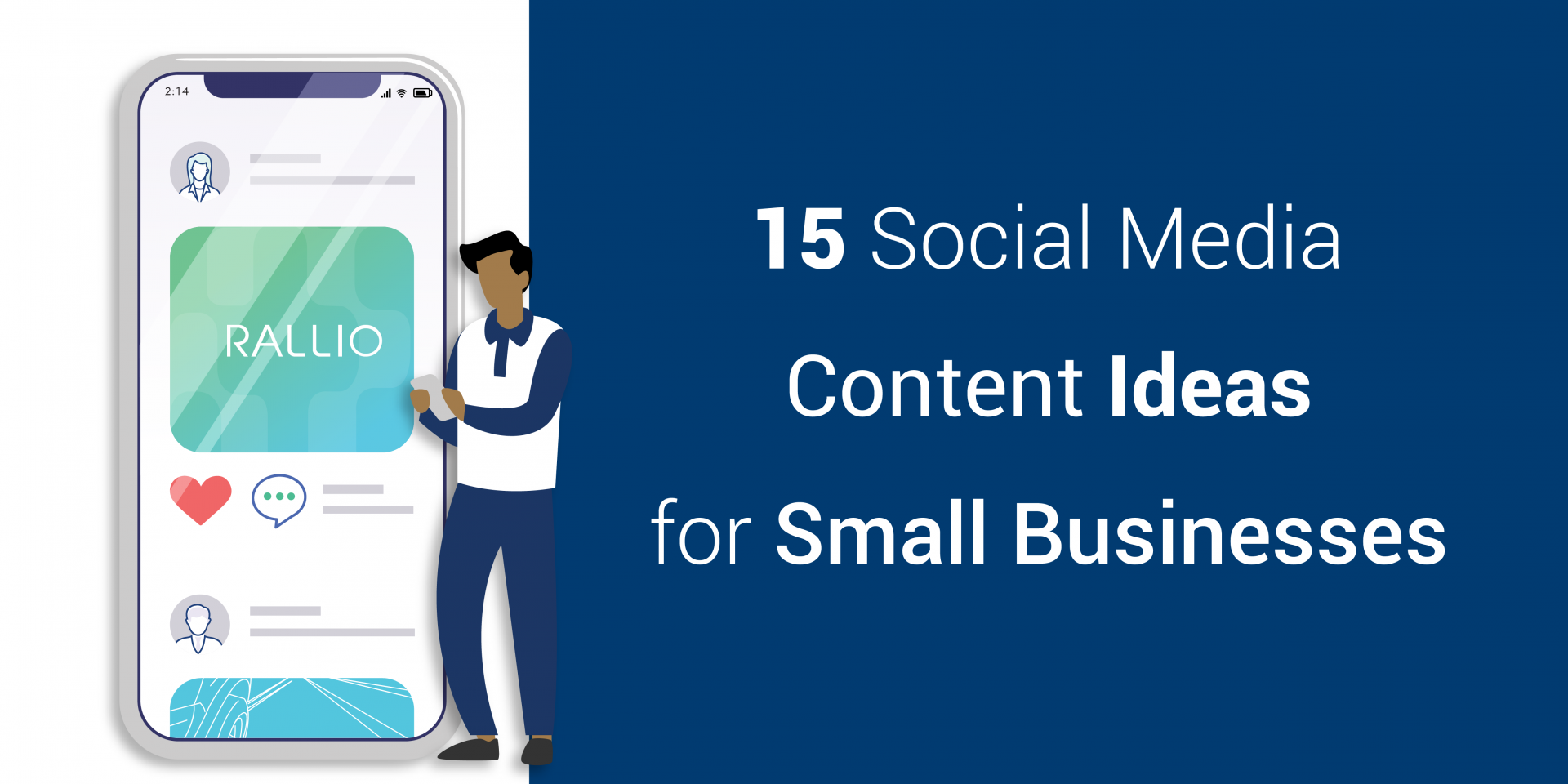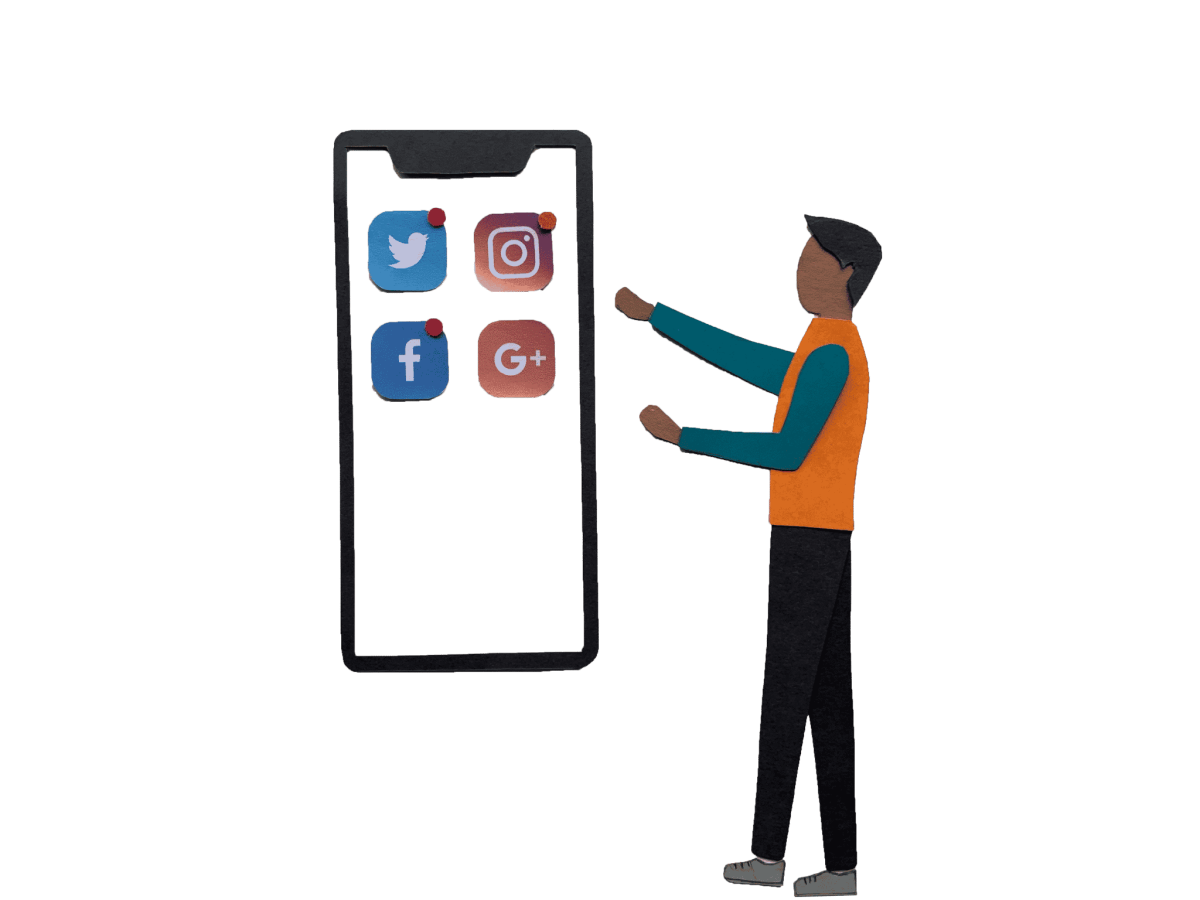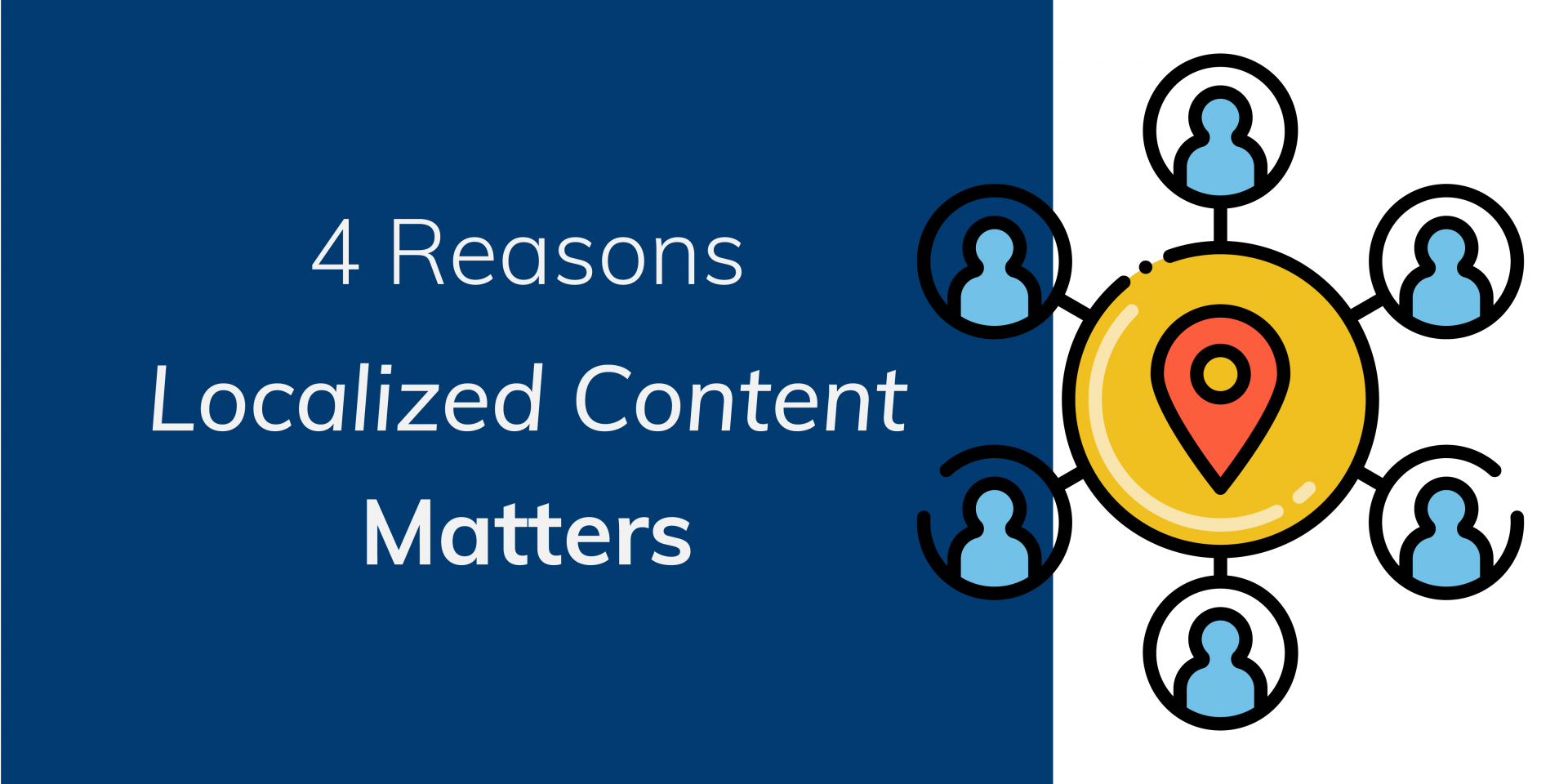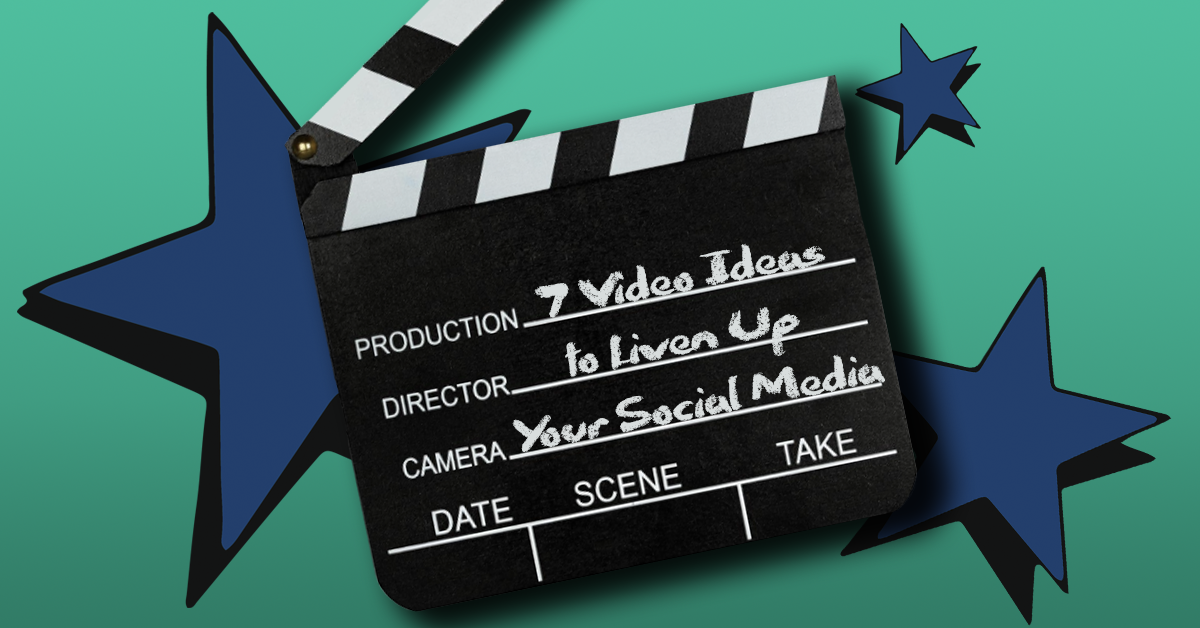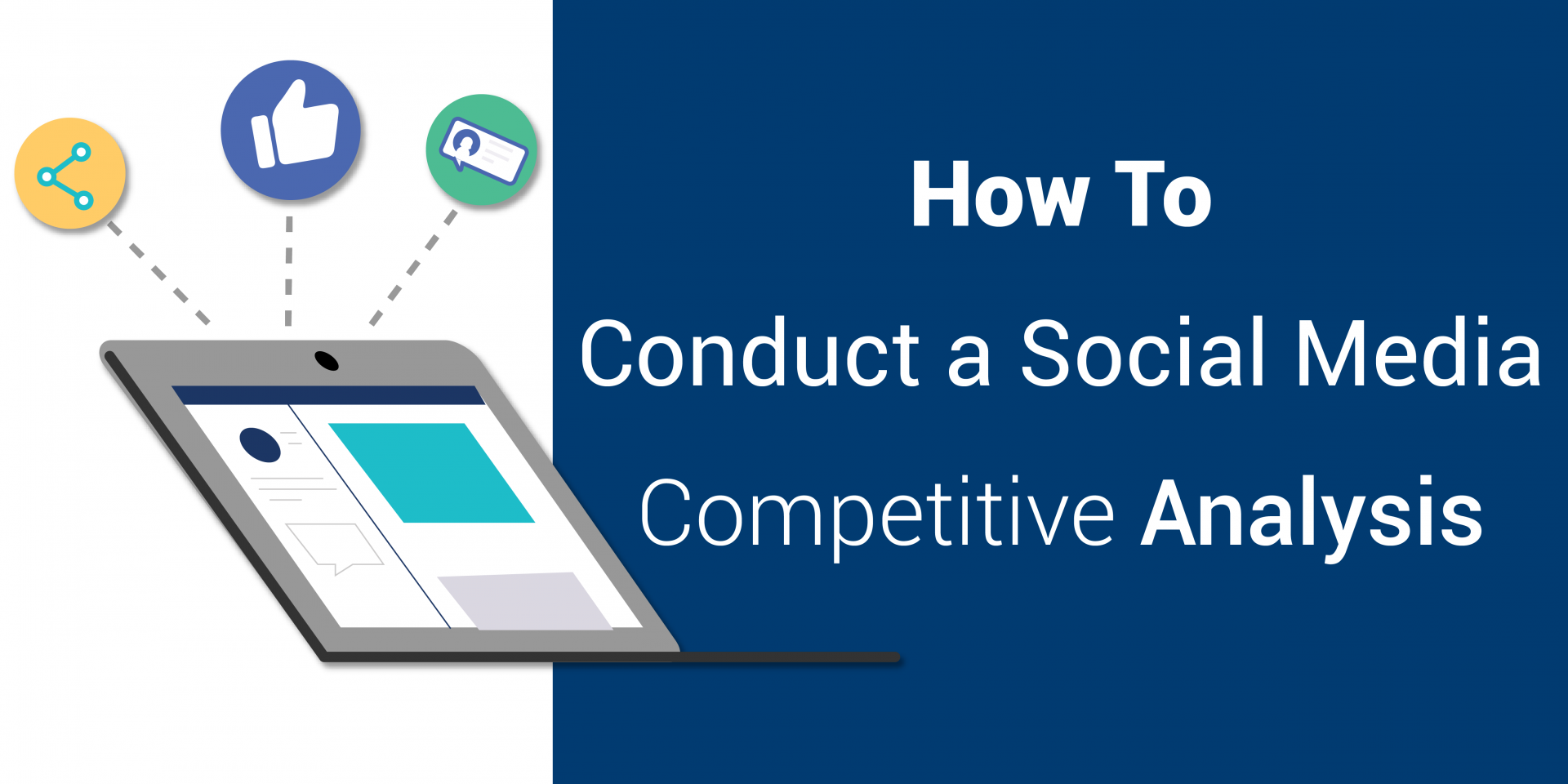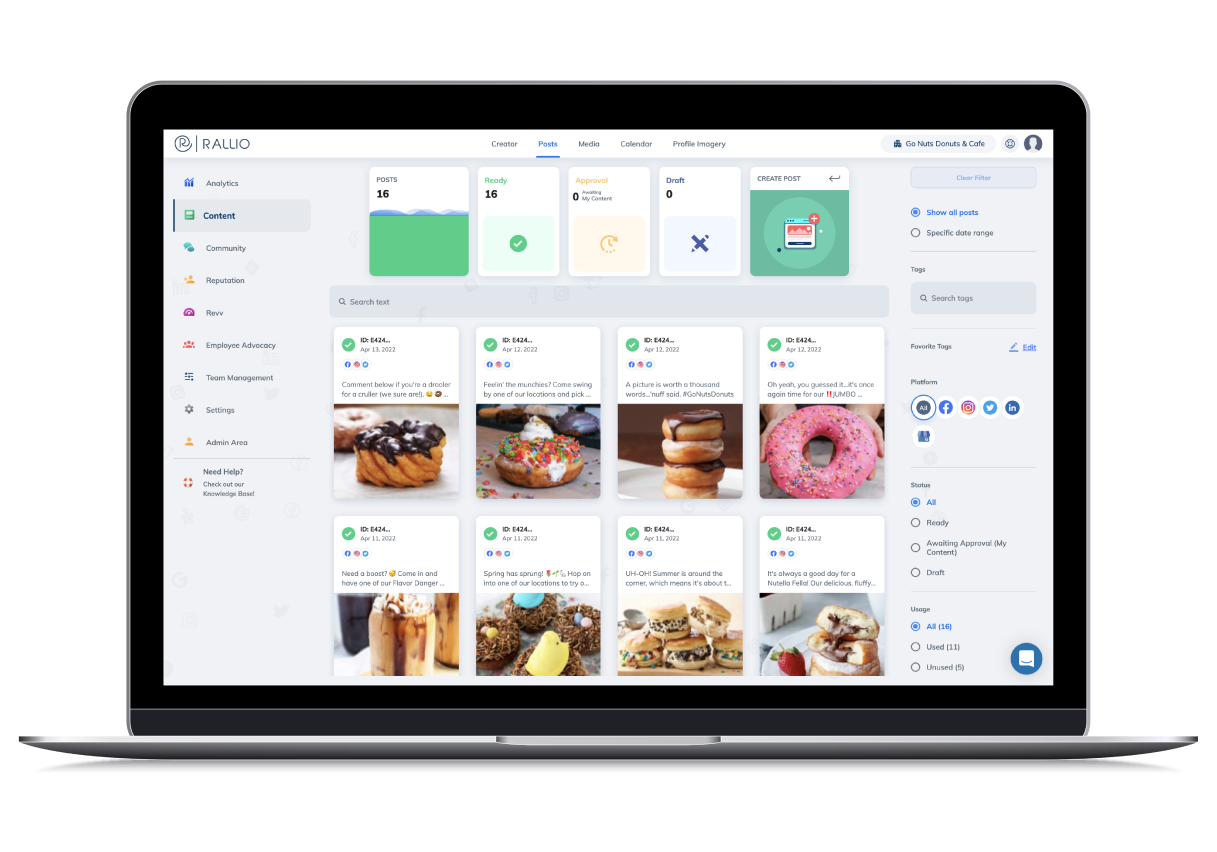Before the new year rolls in, social media marketers are always trying to come up with new and creative ways to advertise their brands on social media. After all, this is the time of the year when everyone’s making New Year’s resolutions, and small businesses are no exception. As we get ready to ring in 2023, consider the following social media content ideas while putting together your content calendar for the new year — and set yourself and your business up for 12 months of social media success.
1. Behind-the-Scenes Content
- Go behind the scenes to show what it’s like to be a small-business owner. People want to know more about your life and how you run your business. Share challenges that you’ve faced, how you overcame them, and what the future holds for you in 2023.
- Show your office or retail space. Do you have an open-concept loft or a home office with pets roaming around? A studio space where people take classes? A retail shop where employees work hard to get everything just right before opening up for the day? Be sure to take a lot of photos and videos that showcase your space.
- Share what it’s like to work at your company through pictures and stories. It’s so important for companies to show their employees’ passion and dedication, especially when they’re all working toward the same goal.
2. Share a Project
- Share a project that your company has completed. A great way to start the new year is by looking back at all the projects you’ve finished in the last 12 months. You can share these on your social media channels to show how far you’ve come, and it may even inspire others who are stuck on something or feel like they aren’t making progress.
- Share a project that’s in progress. If you’re working on something in the new year, share a sneak peek! Whether it’s an upcoming event, a grand opening, or a seasonal product launch — sharing more about what’s happening will get your followers excited for what’s next.
- Share a project that’s special to you. What’s a project that’s near and dear to your heart? Show photos and caption them with your thoughts on what makes this project so special.
3. Feature a Team Member
- Highlight a team member’s accomplishments! Show the team member in action, either by taking photos of them doing what they do best or showcasing their skills through video. This will show your audience that you have great people working for you and that they are capable of producing results.
- If possible, include other members of the company in these posts as well so your fans can see how everyone works together as one unit to achieve success.
4. Introduce Your Community
- It’s all about the people. So why not show them off a little? Introducing your community to your social media audience is an excellent way to get people interested in your business.
- This can mean anything from sharing pictures of your employees, celebrating milestones for customers, or even just sharing information about what it’s like to work at your business.
Related: Holiday Content Ideas to Brighten Your Social Media Pages

5. Create a Special Offer
- One popular way to create a special offer is to make it exclusive only to your followers. Offer something that no one else can get, like a discount or a special deal.
- You can also offer something valuable that isn’t available anywhere else. If you’re selling T-shirts, maybe you can give away some limited-edition shirts if people share your post with friends and tag them in the post.
6. Post a Roundup of Good News
Posting about good news is a great way to show your followers that you’re an organization with heart. It’s also a great opportunity to highlight some of your employees’ work and what they’re doing for their communities.
7. Create an Infographic on a Timely Topic
Visual content is more likely to be shared on social media than text-based posts, so infographics are a great way to get your message across in an easy-to-digest format. Infographics can be especially useful if you’re trying to educate your audience or simply provide them with interesting facts about a relevant industry or topic.
8. Post a Listicle With Tips Based on What People Search on Google
People love lists — they make it easy to digest tips and information quickly and efficiently! Try coming up with tips related to your business, such as “10 ways to save money at home” for a money expert or “5 ways to get your kids to eat vegetables” for a nutrition coach.
9. Generate Guest Posts
If you have an industry expert willing to write a guest post for your blog, ask them! It’s an easy way to keep people coming back to see what they have written about, while also promoting their work.
10. Create How-To Content
People love learning how to do things, especially when it comes to social media. Create a simple how-to guide or video for your audience with step-by-step instructions on how to use your product or service.
These ideas can help you get your company in front of more people.
As we begin a new year, don’t be afraid to experiment with new styles or formats on social media. The more comfortable you become with trying new things, the better positioned you’ll be for success in 2023. The tips above should help you generate a healthy amount of social media content every week. And ultimately, these ideas will help you get more engagement on your social channels, grow your audience, and build your business.
Learn more: 120 Killer Social Media Content Ideas Your Audience Will Love [Infographic]
